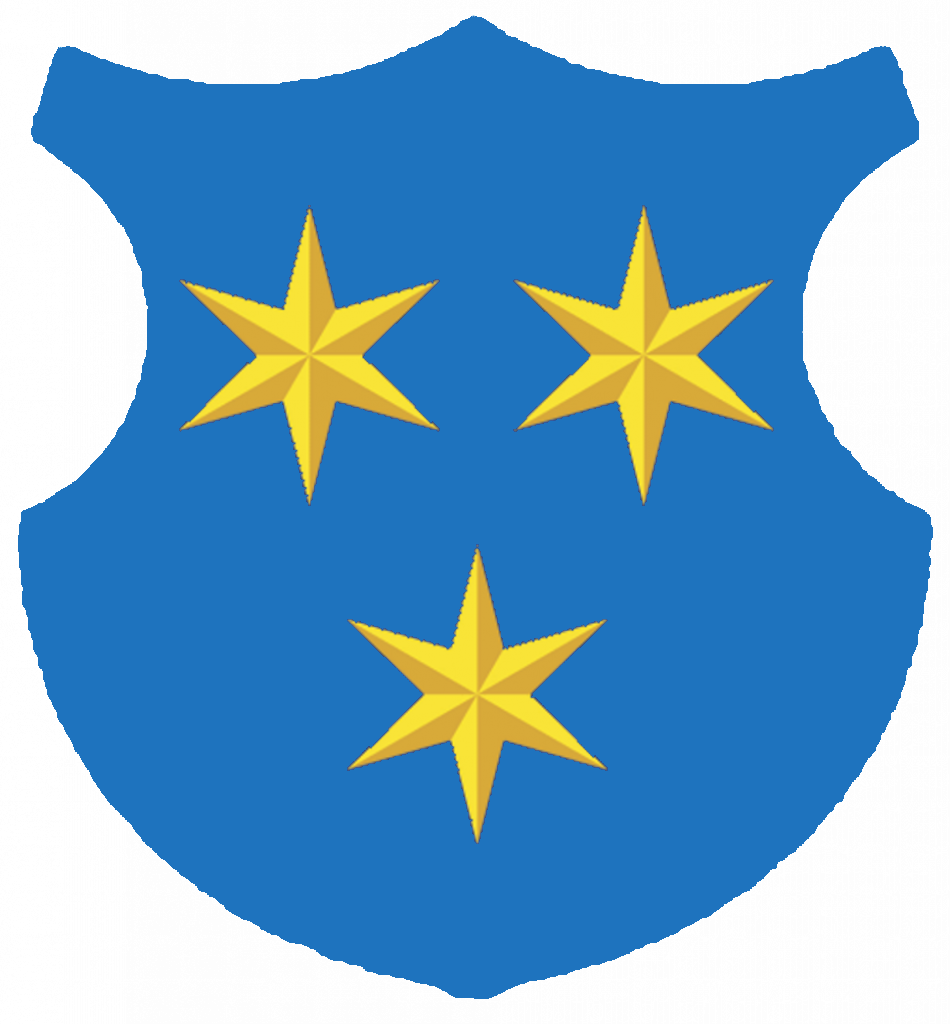| Author: | Article:
The Migration of the Slavs to Italy Butale is a Village, but Its Inhabitants Call It a Metropolis |
 |
The Migration of the Slavs to Italy
The migration of the Slavonic peoples to Italy occured from the middle of the 7th century to the 18th century. The process is divided into three different periods: the migrations in the early Middle Ages, the forced migrations in the form of slavery, and the peak wave of migrations from the mid-14th to the mid-16th century. Several hundred thousand migrants came to Italy in this period and settled in the towns and in the countryside of nearly all of Italy. The main reasons for leaving their homelands and moving across the Adriatic were poverty and famine, trade and business, and the advance of the Ottoman Empire and the resulting Turkish invasions and raids.
Butale is a Village, but Its Inhabitants Call It a Metropolis
The Stupidity of the Lower Carniolan Hot Heads in the Pre-Enlightenment Period
The author paraphrases humorous stories by Fran Milčinski about the inhabitants of Butale, a fictitious small town famous its foolish behaviour, and tries to find similarities with eight real small towns in Slovenia in the pre-Enlightenment period. The activities of the inhabitants of Butale, as described by Fran Milčinski, are similar to those of these eight economically declining, predominantly rural settlements whose inhabitants, despite their obvious unimportance, tried hard to establish their distain for their rural surroundings.
The Mysterious Ipavec
The article presents the life and work of the Slovene composer and doctor Alojz Ipavec (1815 -1849). His musical compositions—such as the series of piano waltzes, a fantasia in the form of a polonaise, a German lied, and a solo in the folk style—show that he can be placed within the Romantic paradigm. In his opus, we can trace “bourgeoisie” as well as “national” elements, which prevailed in musical works in Slovenia only after 1848.
The Arrival of the Train in Trieste
The article deals with the opening of the last part of the Southern Railway, stretching from Ljubljana to Trieste. Great expectations in merchant circles in Trieste that the opening of the Southern Railway might cause an economic boom in the port of Trieste and weaken the superiority of the North German ports, proved to be only an illusion very quickly. At the time of the opening of the last part of the Southern Railway in July 1857, the Habsburg Empire was still considered to be a kind protector by the elite of Trieste. Later on, however, it became the major culprit for all the difficulties that its economy had to face.
“The Music Plays Hey, the Slavs …”
On the Dancing Culture of the Slovene Middle Class in Trieste From 1852-1897
The role of organised cultural life among Slovenes living in Trieste mirrored the burgeoning respectability and strength of their economic, social and political activities in the city. In respect to strengthening cultural autonomy amongs Slovenes and their awareness for the need of cultural and national activities in the city, balls and dancing culture played an active role. Since the authorities of Trieste acknowledged the existence of the Slovene community only in the surrounding countryside, the organisation of balls and public festivities helped establish the role of the greater Slovene community in the city.
